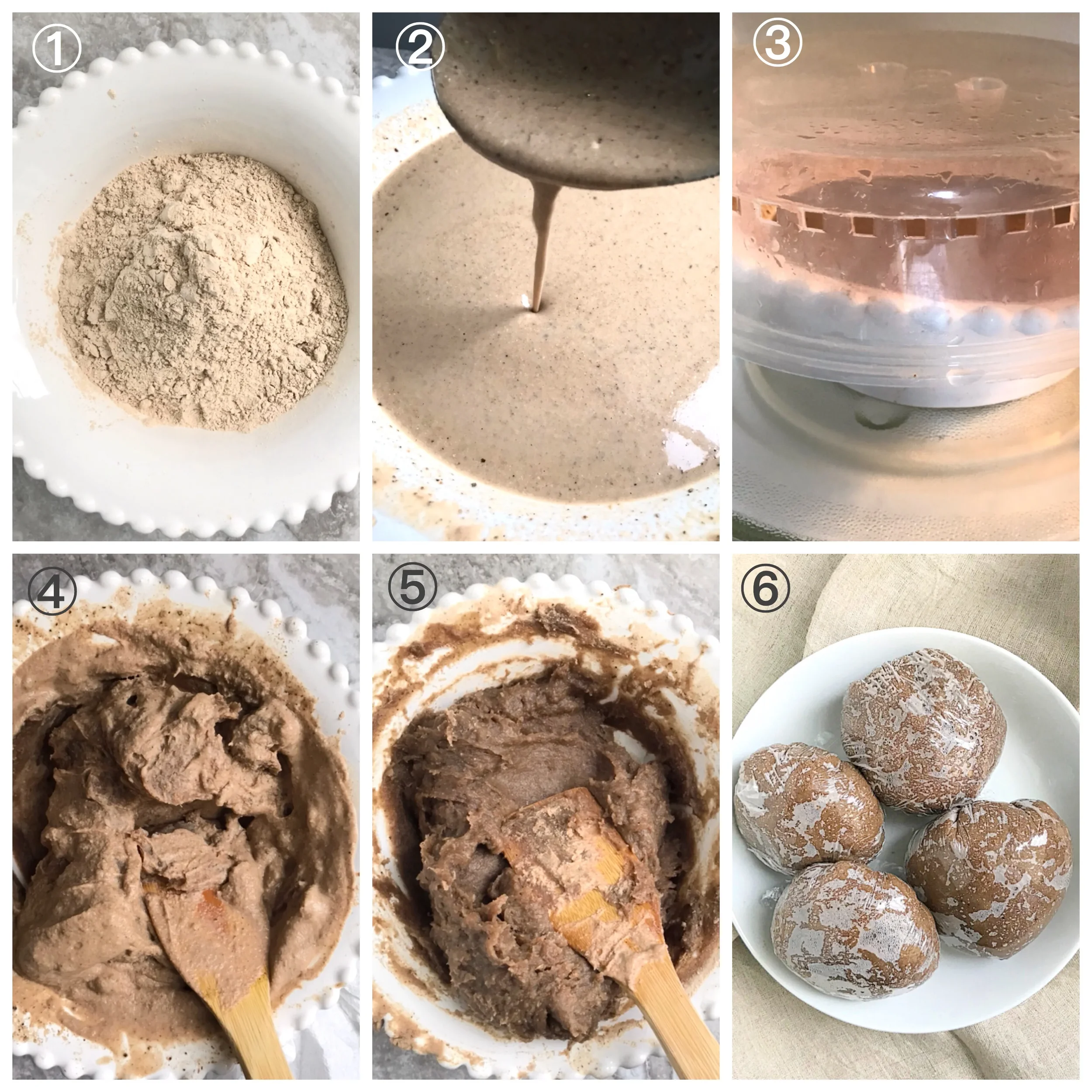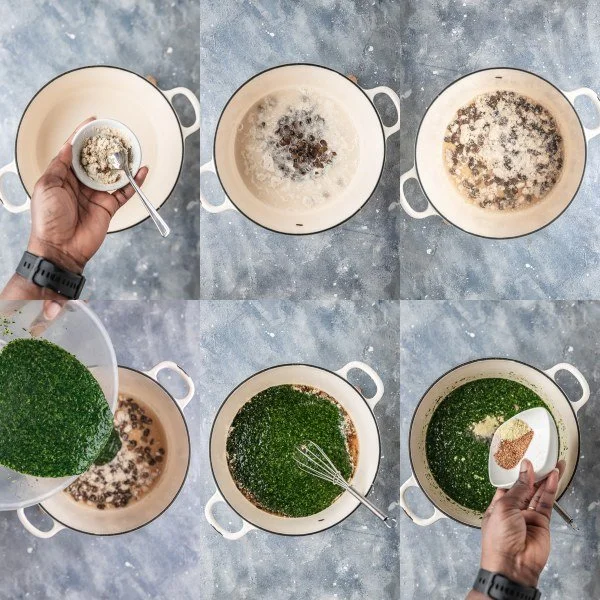The Complete Beginner's Guide to Abula: Amala, Ewedu, Gbegiri, Stew; Perfect Every Time
By: Chimdindu Ken-Anaukwu
If You Can Cook Abula, Yoruba People Will Respect You
Let’s be honest:
Abula is not a meal; it’s an initiation ritual.
The combination of Amala + Gbegiri + Ewedu + Obe ata (stew) is the pride of Oyo, the signature of Ibadan, the comfort food of Yoruba homes, and one of the most iconic culinary exports of Southwestern Nigeria.
And even though it looks simple, getting it right requires balance, texture control, fire timing, and the discipline of an elder who refuses to waste food.
This guide breaks everything down so even a beginner can make Abula that tastes like Oyo mama’s own.
1. What Is Abula?
“Abula” is a classic Yoruba combination of:
Amala (yam flour or cassava flour swallow)
Ewedu (jute leaves soup)
Gbegiri (bean purée soup)
Obe ata (tomato-pepper stew)
When you layer all three soups on Amala…
Ah. Suddenly, life makes sense.
This meal originated in Oyo and Ibadan and is served at celebrations, naming ceremonies, political gatherings, and any home where the mother wants peace and quiet for at least 2 hours.
2. Ingredients You Need
For Amala
Elubo flour (yam flour OR cassava flour)
Water
For Gbegiri
Honey beans or brown beans
Palm oil
Crayfish
Seasoning
Salt
For Ewedu
Fresh ewedu leaves
Potash (a tiny pinch)
Water
Locust beans (iru)
Salt
For Obe Ata
Tomatoes
Red bell peppers (tatashe)
Scotch bonnet (ata rodo)
Onions
Palm oil or vegetable oil
Seasoning cubes
Salt
Proteins: assorted meat, goat meat, ponmo, etc.
3. How to Make Amala (Soft, Smooth, No Lumps)
1. Boil water until it’s bubbling.
2. Reduce heat and pour in flour gently.
3. Turn aggressively. Yoruba mothers say “fi agbara se” for a reason.
4. Add a little hot water, cover, allow to steam.
5. Turn again until it becomes smooth and stretchy.
The Goal?
Not too soft.
Not too hard.
Just elastic enough to make someone say, “Who cooked this?”
4. How to Make Gbegiri (The Golden Layer)
This is the soup many people fear, but it’s actually the easiest.
1. Peel your beans (or use peeled beans).
2. Cook until very soft.
3. Mash or blend into a smooth paste.
4. Add palm oil, crayfish, seasoning, salt.
5. Cook until it thickens slightly but stays silky.
Real Oyo Taste Tips
Don’t make it too thick.
The color should be golden-orange, not brown.
Gbegiri is meant to feel like comfort.
5. How to Make Ewedu (Smooth, Green, Beautiful)
1. Strip leaves from the stalk.
2. Blend or pound lightly.
3. Boil a small amount of water.
4. Add potash; just a pinch.
5. Add ewedu and whisk.
6. Add iru and salt.
Texture Trick
Stop cooking once it turns glossy and stretchy.
Overcooked ewedu is a crime against Yoruba ancestors.
6. How to Make Obe Ata (The Binding Stew)
1. Blend tomatoes, peppers, onions.
2. Boil to remove excess water.
3. Fry in palm/vegetable oil.
4. Add meat stock, seasoning, and salt.
5. Fry until the stew tastes deep and sweet.
Goal:
A stew robust enough to tie Gbegiri and Ewedu together like a wedding ring.
7. How to Serve Abula Like a Yoruba Person
✔ Scoop Amala
✔ Pour Gbegiri on top
✔ Add Ewedu
✔ Finish with hot Obe Ata
✔ Add assorted meat and ponmo
✔ Serve with cold water or palm wine
Plate it in layers: Abula is architecture.
8. Cultural Notes: Why Abula Matters
It is the pride of Oyo and Ibadan.
Politicians use it to win hearts during campaigns.
It signals wealth, warmth, and cultural mastery.
Many Yoruba families judge a caterer by their Abula.
And yes, it causes momentary silence when served.
A bowl of Abula is not food; it is healing.
9. FAQs About Abula
1. Can I use cassava flour instead of yam flour for Amala?
Yes, cassava Amala (Amala lafun) is also traditional and widely enjoyed.
2. Can I make Gbegiri without palm oil?
You can, but it will lack the signature color and taste.
3. Is potash mandatory in Ewedu?
No. It simply helps the sliminess. Blending can replace potash entirely.
4. What meat works best with Abula?
Assorted meat (goat, beef, ponmo, shaki) is the standard Yoruba-approved combination.
5. Why is Abula associated with Oyo people?
Because the dish originated in Oyo and Ibadan and became tied to their culinary identity.
Abula is Yoruba Culture in a Bowl
If you can prepare it, you’re not just cooking, you’re participating in centuries of Yoruba tradition, taste, and technique.
Want to learn Yoruba language AND Yoruba cooking culture deeper?
👉 Start learning on NKENNE, Africa’s Language App.






